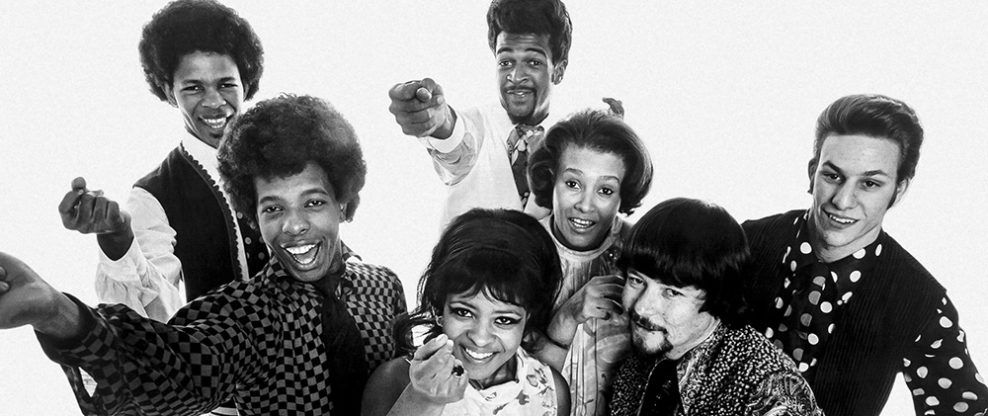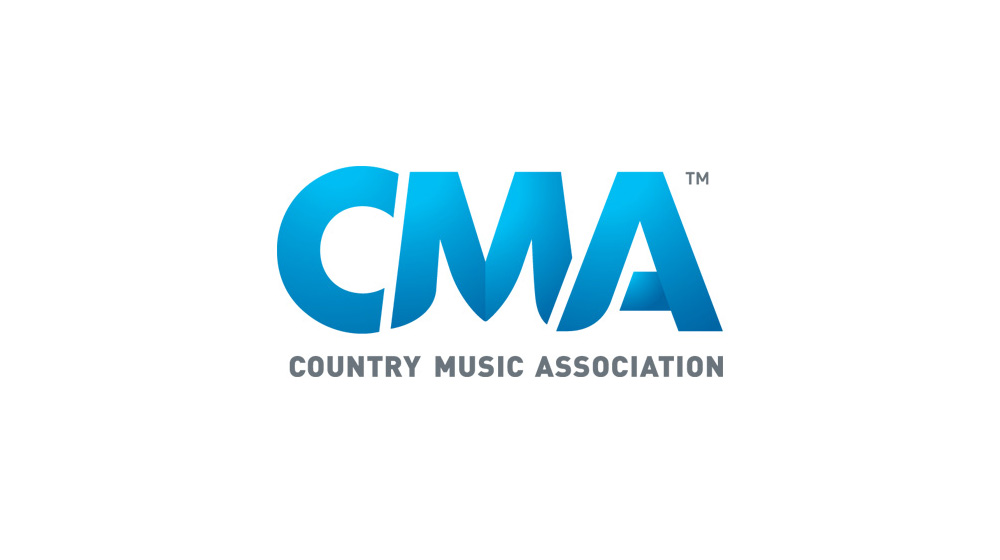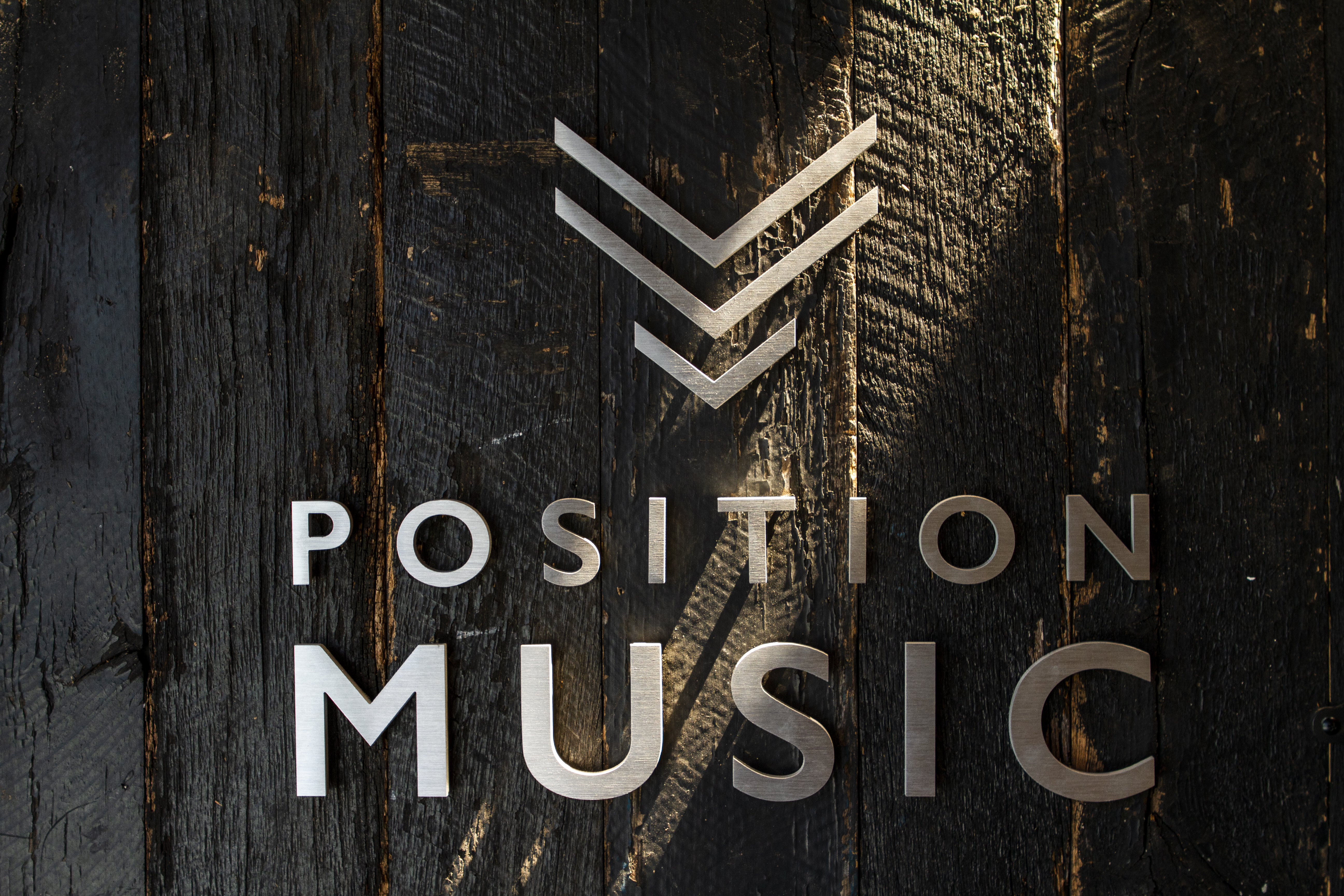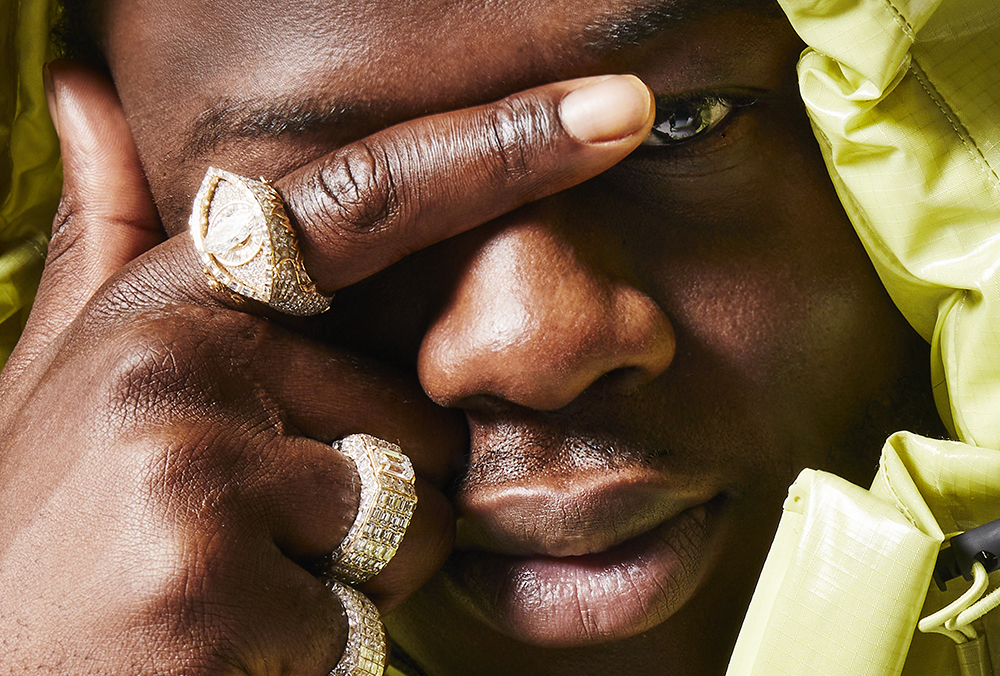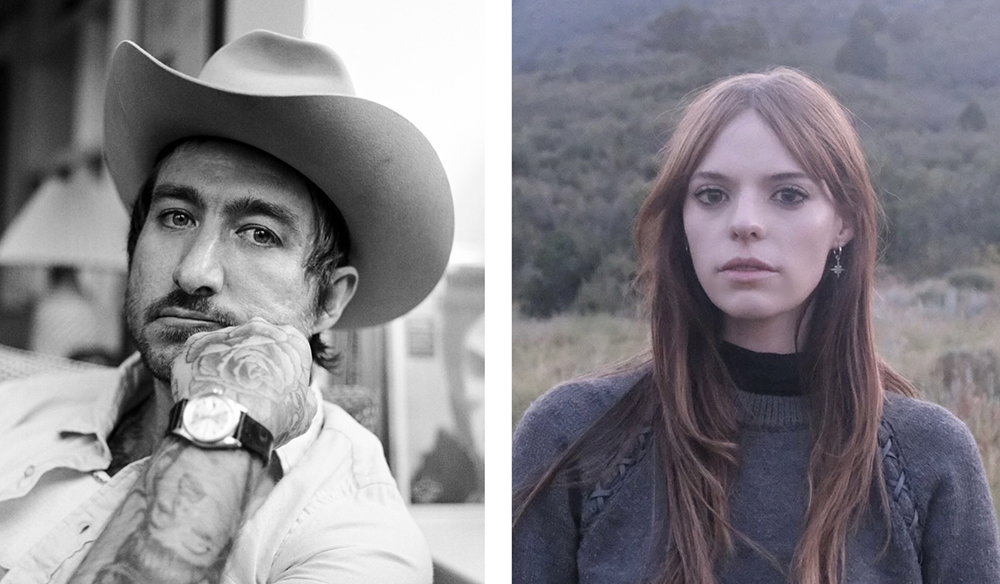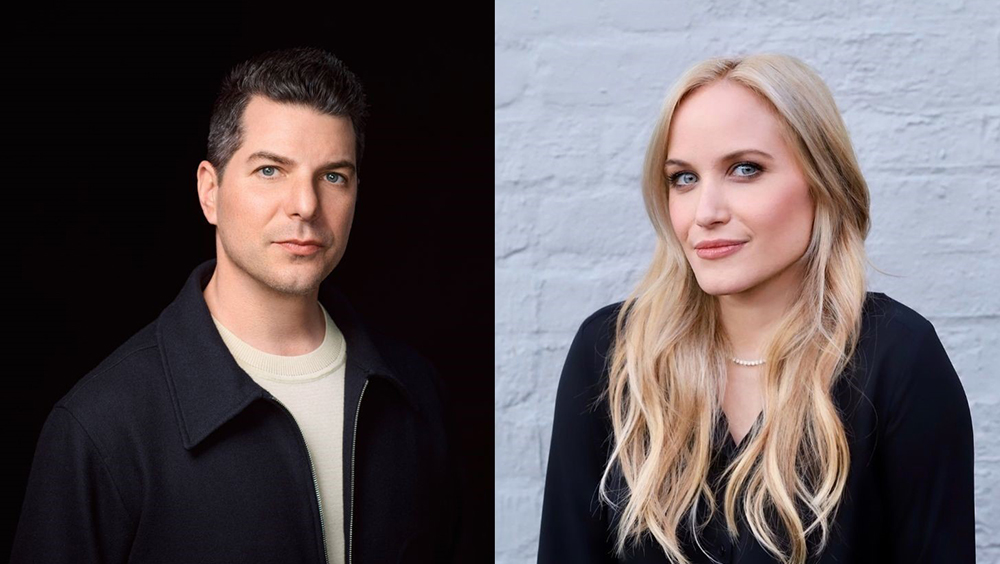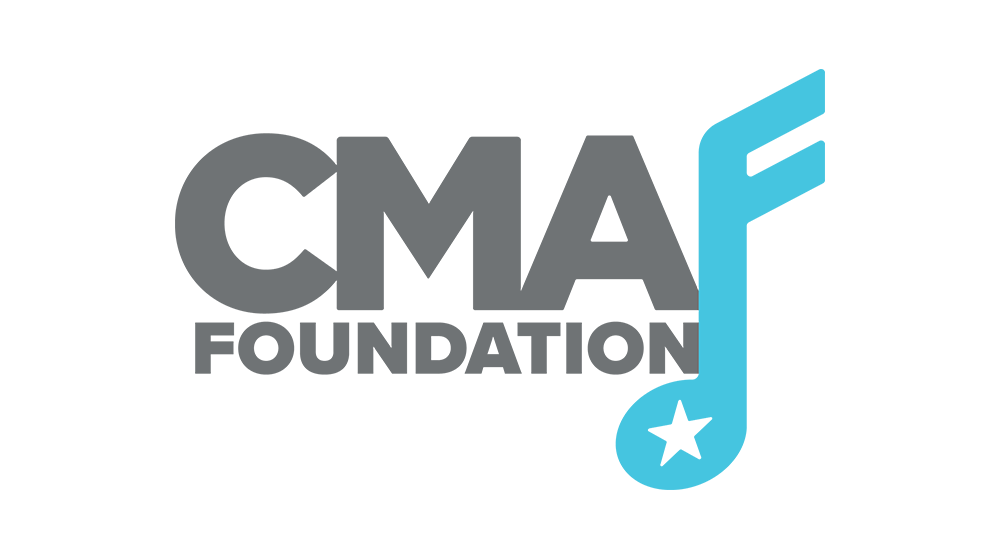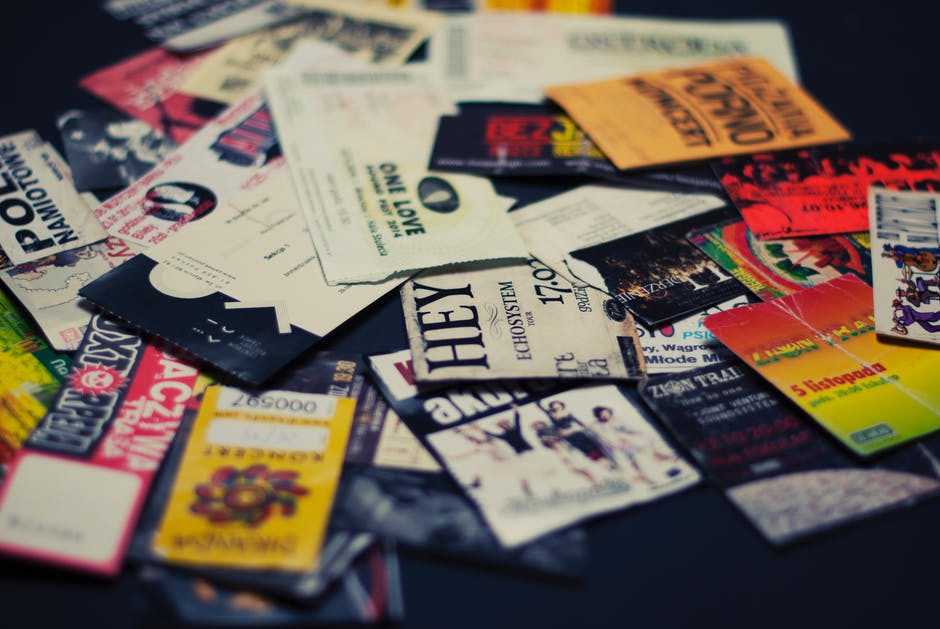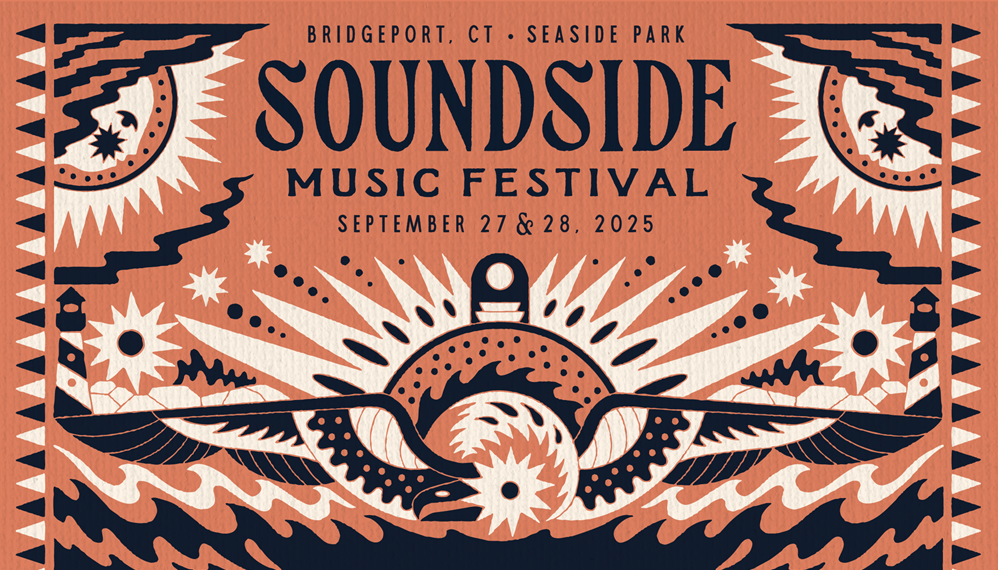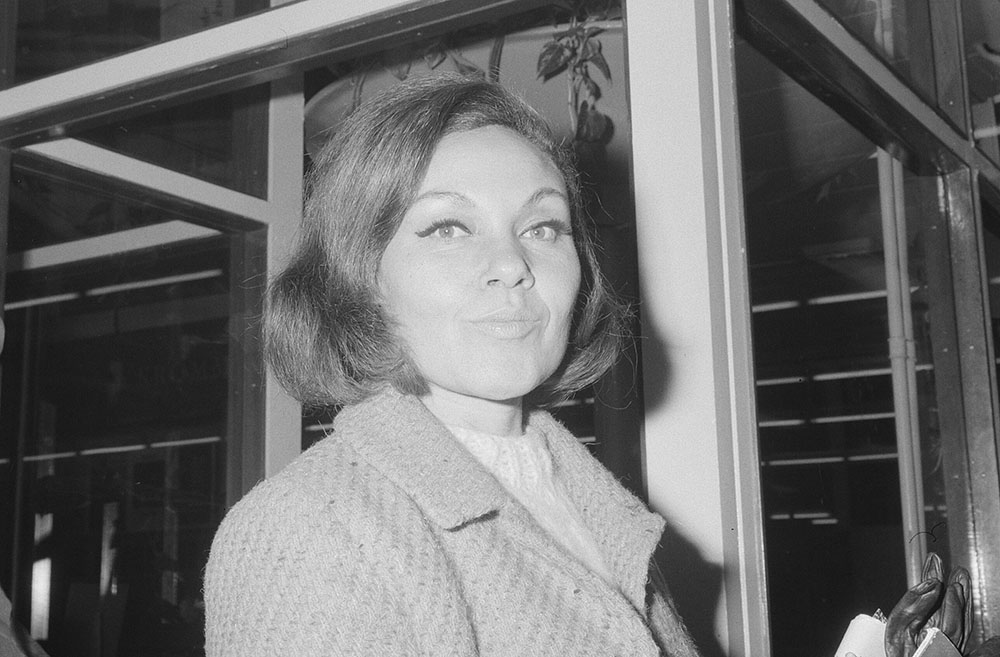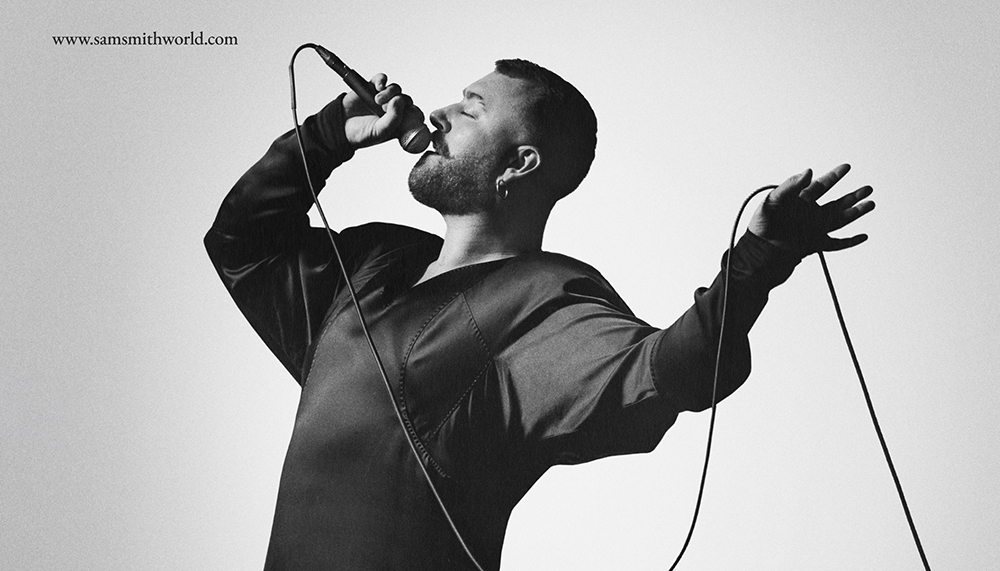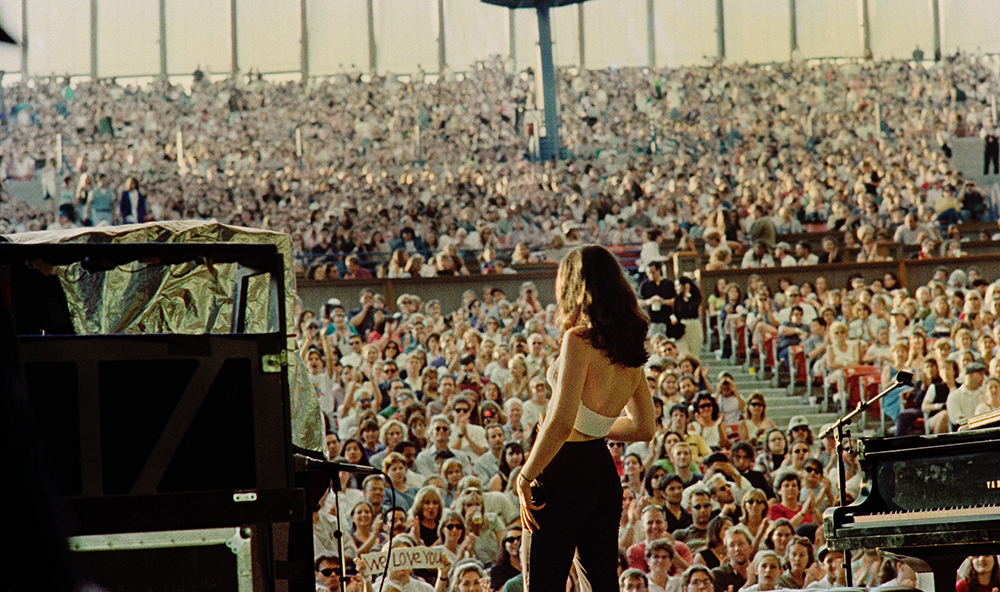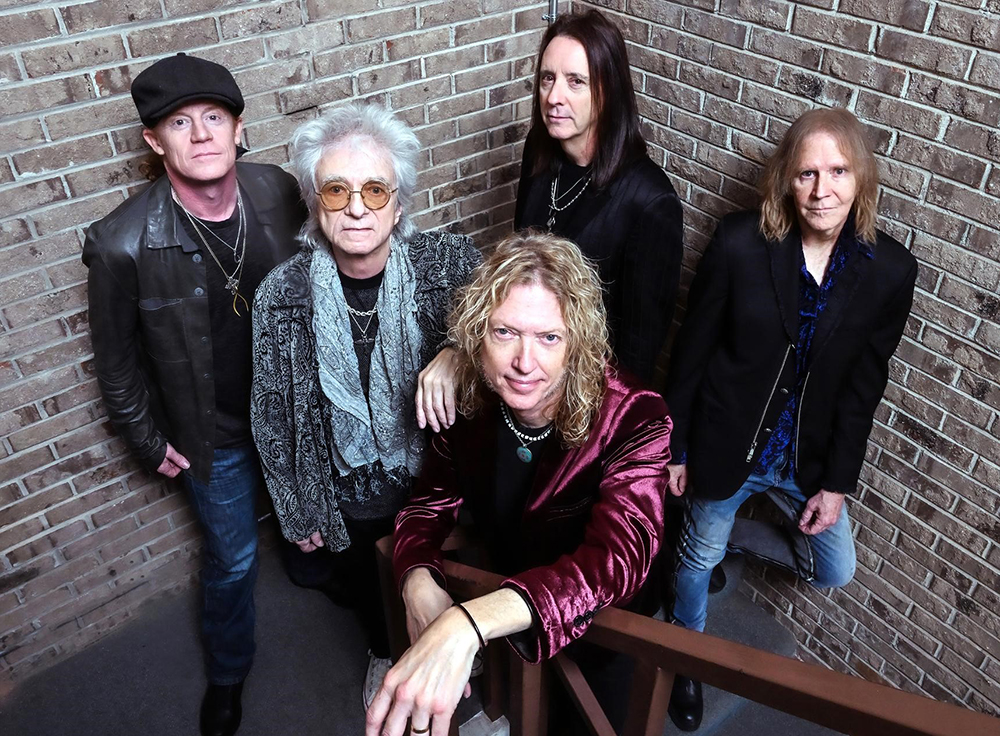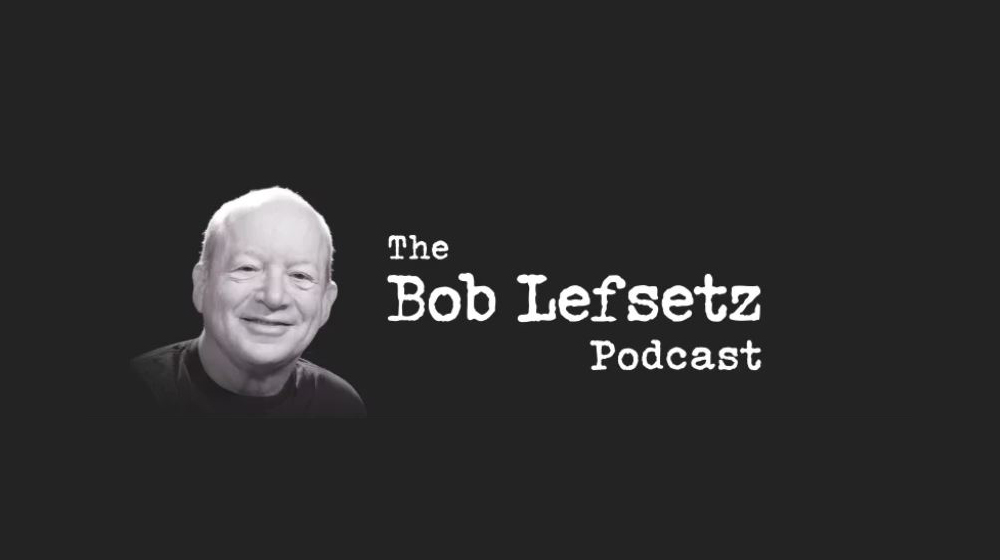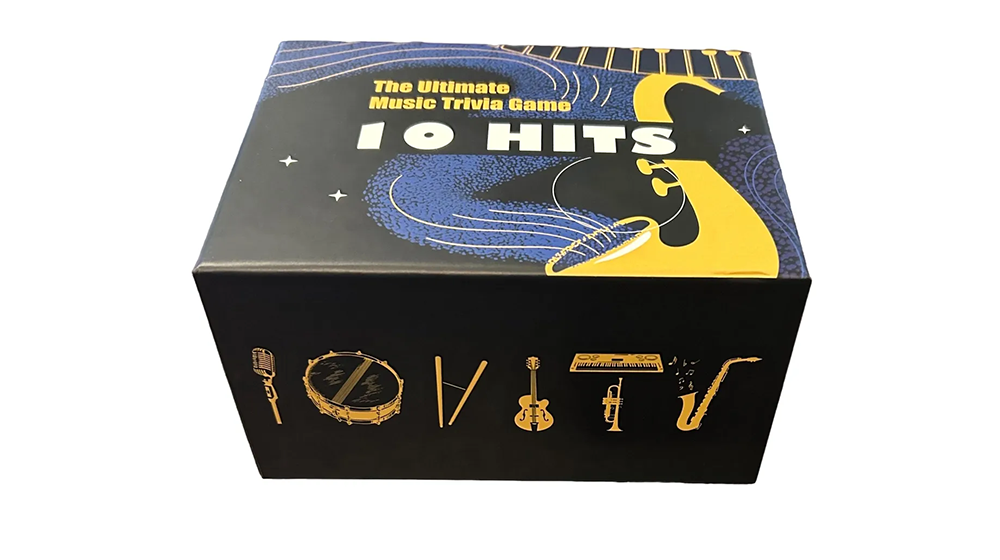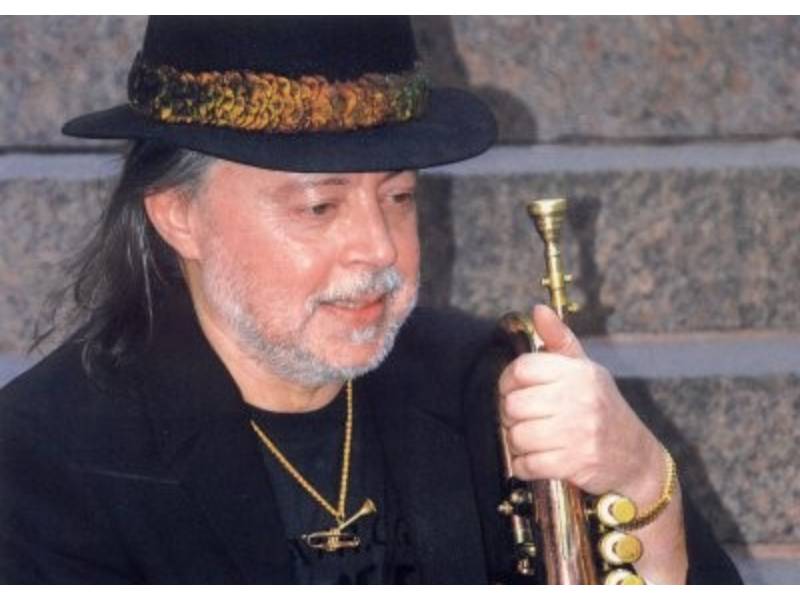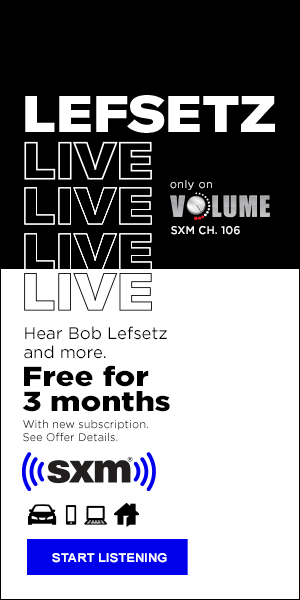This is weird. Because I just started watching the Questlove documentary last night. I planned to finish up today and give you my take on it and I’m gassing up my car and my sister texts me that Sly died and… What am I gonna do, write about the doc, write about the man, not write at all?
I can’t do that. Because of one night back in February 1970 when I went with Ellen to see Sly and the Family Stone at Madison Square Garden.
This was mere months before the Woodstock movie blew Sly into the stratosphere. Today everybody talks about Jimi Hendrix’s “Star Spangled Banner” that finished the festival, but acolytes already knew he was performing the anthem live and it was no longer the Experience and in the film it was early in the morning on the last day, but…
In the middle of the night, Sly and the Family Stone blew the place apart. Sure, Crosby, Stills, Nash & Young were featured, after all “Déjà Vu” had recently been released and was ubiquitous, but Sly… This was a black man entering a white man’s world and stealing the show. Not only the performance, but the images in the movie, if I remember correctly Sly’s set ended in a freeze frame. I could check on it, but the memory is better. Yet checking on that Madison Square Garden show…
The internet tells me it was on February 13, 1970.
As for the set list, setlist.fm tells me it’s incomplete, but it does say these numbers started the show:
1. “Stand!”
2. “Dance to the Music”
3. “M’Lady”
4. ‘Everyday People”
5. “I Want to Take You Higher”
6. “Hot Fun in the Summertime”
7. “Thank You (Falettinme Be Mice Elf Agin)”
A murderer’s row of hits. Unbridled energy.
2
“Dance to the Music” was released in November 1967, and nobody had any idea who Sly or the band were. The first issue of “Rolling Stone” came out the same month. Music news was sparse, never mind deep history on an act that hadn’t broken through. But that record?
You only had to hear it once. Because of its power.
In 1967 horns were not rare. Blood, Sweat & Tears made them ubiquitous and Chicago followed up but horns and strings were mostly absent from rock in the seventies. Maybe you had a sax solo, but…the flourish of a horn intro, it heralds something important, the king is coming. And he did, after the music broke down, when it exploded again. And then there was the call-out to the various members, but even better the solos, the bass and then the organ and those horns lending emphasis once again…
“Hello Goodbye” was dominating the chart. Radio was playing stuff like “Daydream Believer,” “The Rain, the Park and Other Things” and “Incense and Peppermints.” The original version of “I Heard It Through the Grapevine,” the Gladys Knight take which was soon eclipsed by Marvin Gaye’s and and promptly forgotten was on the chart, along with Smokey’s “I Second that Emotion,” but…you can see that “Dance to the Music” stood out, was completely different, created a lane that no one even saw.
By time Sly and the Family Stone had their next hit a year later the whole nation had blown up. Bobby Kennedy, Martin Luther King, Jr., both cut down before their time. There’d been riots. And then Sly and the band come out with a record that brings us together, “Everyday People.”
“Everyday People” was not a dance number. But it did have an infectious beat. And a nursery rhyme verse and the cliché “Different strokes for different folks.”
“Sometimes I’m right and sometimes I’m wrong”
You can’t get a politician to admit this today, nor the entertainers either. They’ve got a posture and they’re sticking with it. Projecting strength instead of vulnerability. But those who can admit their mistakes are the ultimate winners. And we took our lessons from our acts and their records.
“There is a yellow one that won’t accept the black one That won’t accept the red one that won’t accept the white one Different strokes for different folks”
This message is anathema today, everybody’s in their corner hating everybody else. Blacks, Jews, Bros, it’s open season on our citizens.
Needless to say “Everyday People” went to number one.
And then came “Stand!” Which literally exploded on the airwaves. Sly was selling optimism in a dark era, you could not help but move to this music. Not that the message was original, but everybody else was coming from a negative position.
“There’s a permanent crease in your right and wrong”
People were baked into their positions, and this was back when not only races were fighting, but generations. There was a huge gulf between the parents and the boomers. The oldsters wanted decorum, a return to the fifties, when America was supposedly great, whereas the youngsters were constantly pushing the envelope, questioning EVERYTHING!
But “Hot Fun in the Summertime” was something completely different. Released at the end of July 1969 it immediately blasted out of transistors, car radios, and took us back to school in the fall. Back when classes didn’t start until September and we could luxuriate in joy and contemplation in August. It was not like today, everybody heard and knew “Hot Fun in the Summertime,” I distinctly remember hearing it blasting from a series of radios in a park in downtown Chicago.
And at the end of the year into the next, 1970, there was the popping bass of “Thank You (Falettinme Be Mice Elf Agin).” So funky that you couldn’t concentrate on the lyrics, other than the chorus/refrain, because your body was too busy movin’, whether you be white, black or brown.
And then came that Madison Square Garden show.
3
Now even though Wikipedia will tell you “Sing a Simple Song” was not a chart hit, the truth was I knew it from the radio. But not a whole hell of a lot more.
But Ellen said she was a fan of the band and I saw they were playing at MSG and I called her and asked her if she wanted to go.
SHE WAS IN!
Which meant this was the first time I’d see her outside of school.
Now the New Haven Railroad did not show up, but I called my parents who happened to be going into the city that night themselves and they picked us up and gave us a ride. But there was no time to have dinner. It was straight to the Garden, which at this point was still pretty new.
And if you had seats in the upper ring you were screwed. Because you couldn’t climb down to a lower level. But if you were below that, LET THE GAMES BEGIN!
And we had the seats the promoters hold back for guests today, in the lower loge.
Now check out this bill…
Richard Pryor opened. But this was before most people knew who he was, and the audience was talking and you couldn’t really hear him over the rabble-rousing.
Next came Fleetwood Mac.
And then Grand Funk Railroad. I remember their performance. This was the time of the red album, they seemed to be everywhere.
And then after a break came Sly and the Family Stone. Who started, as you can see above, with STAND!
We jumped up immediately. As did the rest of the assembled multitude. But this was before the dreaded “festival seating,” a blank floor where people push and shove and if you’re vertically challenged, good luck being able to see.
Everybody had a seat. But many rushed the stage. So we hopped over the plastic wall down to the floor, ran to empty seats in the middle, stood on the chairs and grooved the whole night long.
THIS was unexpected.
I was more of a white rock guy. I knew the Black AM hits but I didn’t buy the albums and didn’t go to the shows. I HAD NO IDEA!
Sure, I was expecting the hits, but this was so much more!
And the highlight was “I Want to Take You Higher,” which I’d never heard before, but it didn’t take long to catch on and participate, throwing our arms into the air as Sly Stone exhorted us to do so. I mean we’re twisting and dancing, working up a sweat, it was a full workout.
And then it was over.
4
I immediately had to buy the album, “Stand!” And then came the Woodstock movie. And it wasn’t that long thereafter that Sly not only started showing up late, but sometimes not at all, and he lost the momentum of the Woodstock film and no one would promote him and no one would go…this was not Live Nation, a no-show could put a promoter out of business and good luck getting your ticket money back.
But there was another hit. “There’s a Riot Goin’ On” was billed as a masterpiece, but I couldn’t figure out why. I played it and it was dark and introspective and lacking hooks except for the sotto voce, almost mumbled lead vocal on this song “Family Affair.”
Now that’s a number that did not sound like anything else on the radio. But its individuality was so powerful it broke through the noise and went to number one and held its own with the FM rock monoliths. They played the track on Top Forty, yet it was anything but disposable tripe. It sounded like it was being made in the next room over and you were privileged to be included as you strained to listen.
And this was an unexpected comeback. By this time there was a vibrant rock press and new hit acts to fill it and Sly was seen as a drugged-out has-been.
There was one more hit, “If You Want Me to Stay”… It was the same guy but the number was upbeat like the tracks from the sixties as opposed to a drug stupor like “Family Affair.” “If You Want Me to Stay” was infectious and undeniable.
And then it was over. I kept buying the albums but not only were there no hits, the records did not demand they be played.
And by time corporate rock dominated and disco was surging, Sly was forgotten.
5
Which brings us to the Questlove documentary, “Sly Lives! (aka The Burden of Black Genius). I expected the usual hagiography (which according to the Oxford dictionary means “the writing of the lives of saints” or derogatorily “adulatory writing about another person”) and that’s why I don’t bother with most rock docs, but the title really tells it all, you do get a lot of Sly, but you also get a lot of talking heads speaking about the burden of Black genius, that’s the through thread.
Is it harder for a Black person? Do they have to work two or three times harder than someone white? Are expectations higher after success, are they carrying the hopes and dreams of their entire race? There’s a lot of erudite takes, D’Angelo displays intellectual faculties, as do André 3000 and Vernon Reid, and I wish all white people were forced to watch this doc, just to see that their preconceived notion of who these Black musicians are may be wrong.
And the analysis! Jimmy Jam and Terry Lewis break down the numbers (never mind telling the story of how Sly was sampled for Janet Jackson’s “Rhythm Nation”) and you know what they’re talking about, but…you feel inadequate. We tend to believe all pop musicians can’t read music and are doing it all on feel, but that is patently untrue.
Now I knew the Sly legend. I knew he produced those Beau Brummels records and was a successful radio DJ, but what I did not know was all the dues he paid before that, primarily in church, where he performed six, sometimes seven days a week. That’s so different from today’s model, where the effort goes into the marketing more than the musical creativity, where we’re supposed to adore barely pubescent acts who have no knowledge, no education, no chops at all.
What I’m saying here is Sly didn’t rise up out of thin air. He paid his dues, in groups playing live… That was a whole life that’s now history, lounge acts, club acts performing the hits of the day sans scrutiny. That’s where you learn how to do it.
As for Sly blowing himself up…
Sly went deep into drugs. There have been others who’ve done so and survived, like David Crosby, but most don’t, they either die or clean up. Sure, you chase that initial high, but if you’re successful you’re also trying to soothe yourself. Everybody wants your attention and you’re working overtime and the only people who seem to understand are in the same boat you are. Sly yearned for normality, as quoted in today’s “New York Times” obituary:
“’I wanted to go fishing, man. Or drive my own car. For a long time, I didn’t understand anywhere but hotel rooms, the inside of airplanes, and trying to figure out a way that I didn’t come off wrong to human beings.'”
But the machine wants more, the people want more, and everybody tells you to make another one like the last one, but in truth that’s not what the audience is looking for, they want something unexpected and fresh, and that’s a bar that’s just too high for most. Then again, most are just producing regurgative pablum anyway. Did any Beatle really push the envelope after the band broke up? Maybe John Lennon with the initial Plastic Ono Band album with “Mother,” et al, but there was little innovation thereafter, some great tunes, but nothing that would blow your mind like “Strawberry Fields Forever” (and that’s just one of many).
They chew you up and spit you out and then where are you? NOWHERE!
So when Sly tries to come back it’s just too late. He doesn’t fit in, doesn’t know what to do and goes back to the camper.
Except for that one bleak moment at the Grammys, where he showed up for a few bars and then exited immediately. That didn’t do him any favors, that didn’t burnish his image.
The Questlove documentary does.
But really it comes down to the records.
6
If you do it right, the records survive, they even eclipse the act, which is why Journey can continue to sell all those tickets with a substitute singer. People love the songs, they just want to hear them.
Sure, Sly had cultural impact. Sure, he inspired many musicians thereafter. But really, it’s all in the grooves.
And every single one of those hits sounds as fresh today as it did yesterday. Maybe a little out of time, but they exist in their own world where era is not really important. It’s about the creativity and the ENERGY!
That’s what the layperson can’t fathom, how these geniuses come up with this stuff. Sometimes the songs are stone simple, but it’s not like anybody else created them. It’s an amalgam of so many elements, practice, musical knowledge, a knowledge of the landscape and an environment that stimulates you to be all you can be. (Then again, most truly great acts are rebelling against a culture that won’t accept them as they are. They’ve got something to prove.)
So what do we say?
It’s a sad story. But it’s also a glorious story.
There are lessons to be learned, but is Sly so unique that ultimately his arc was singular?
Now those Sly and the Family Stone hits were fifty years ago, over half a century. Believe me, we were not listening to the music of our grandparents in the sixties. But the sixties were a time of exploration. And expression. And the best way to get your message across was via music.
And sure, you’ve got all the white acts, from the Beatles to the aforementioned Crosby, Stills and Nash (and sometimes Young). But the Black acts? They existed in a separate world, the Motown hits, even the Aretha Franklin hits on Atlantic, it was about singles more than albums. They did not sound like rock acts.
But the thing with Sly Stone is he sounded both rock and R&B. And as great as the singles were, you had to buy the albums too, which made him an anomaly.
It was a group, which is demonstrated clearly in Questlove’s doc, but Sly was the visionary.
And how exactly did he come up with those Beau Brummels hits? How did he get that dark feel that only the Brits had been able to capture on wax before this?
To survive you have to reinvent yourself.
But that usually means losing half your audience and starting over. And most people are not willing to do this, hell, when Garth Brooks made a rock record he employed a pseudonym.
But the sixties and early seventies were different. Acts could go through a lifetime of changes in only a few years. As Sly did. But then what?
The landscape is littered with geniuses who were driven to climb the mountain to the top and then became disillusioned and lost. Look at Bobby Fischer. Sure, he might have been crazy, but most of your iconic heroes are. Maybe not bipolar, but broken inside. Our legendary stars are the other, and Sly Stone was too.
And now he’s gone.
Kinda like Keith Richards, we didn’t expect Sly to live to 82. Back in the sixties that was a ripe old age, today people might live longer, but 82 is still a pretty good ride. And what exactly was he doing all these years?
If you want your heroes to come back to the charts know that it’s almost always impossible. Because having been to the top and seeing that it doesn’t solve all your problems, the inspiration, the drive is lost.
So another one bites the dust as Freddie sang.
Sure, it’s sad. But somehow this one’s different. Because Sly was so different. He never mellowed and came out as grandpa, making the talk show rounds and singing some dumb song with Jimmy Fallon or doing an interview to explain the songs and events from decades before. After his hits Sly became even MORE of an enigma than he was during his heyday, and usually it’s the opposite.
But when I was standing on that chair on the floor of Madison Square Garden, soaked in the sound, having an experience that couldn’t be caught on a smartphone, that was one and done…
These are the peaks that make up a life.
And Sly Stone provided one of mine.

